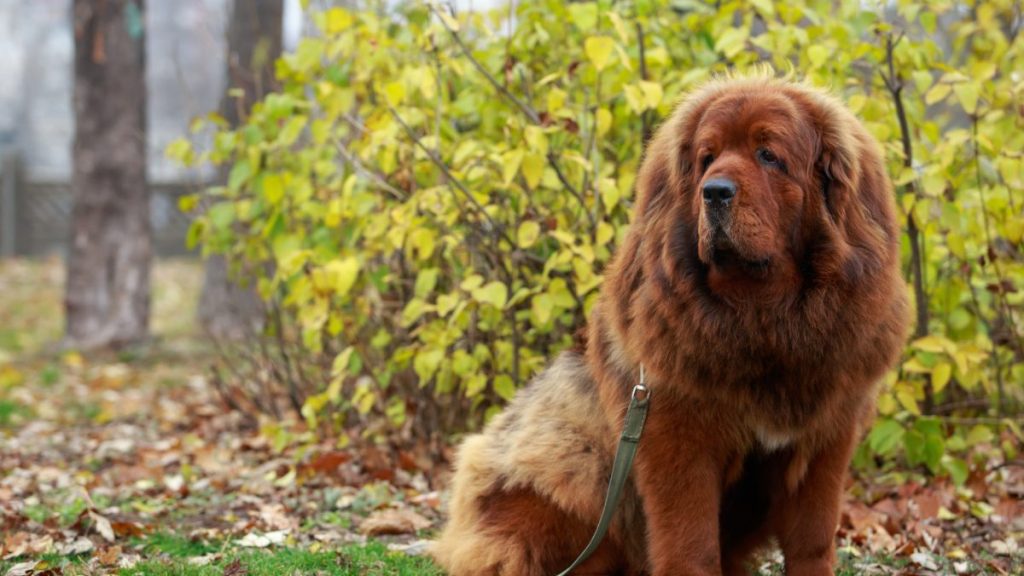Tibetan Mastiffs are majestic and enigmatic dogs, surrounded by an aura of ancient mystery and prestige.
Originating from the harsh and isolated landscapes of Tibet, these dogs were bred by nomadic cultures to protect sheep from predators like wolves and leopards. Over the years, their striking appearance and imposing size have captured the fascination of dog lovers worldwide. However, for prospective owners and admirers, understanding the temperament of this noble canine is crucial. Are Tibetan Mastiffs friendly, or do their guardian instincts dominate their personality? This article delves into the temperament of Tibetan Mastiffs, shedding light on what one can expect regarding their friendliness and overall disposition.
Are Tibetan Mastiffs friendly in nature?
When evaluating the friendliness of Tibetan Mastiffs, it’s essential to consider their history and the traits they have been bred for. Primarily, these dogs served as guardians, a role that requires a high degree of independence, intelligence, and a protective instinct. Due to these ingrained traits, Tibetan Mastiffs exhibit a reserved nature, especially around strangers. This aloofness can be misinterpreted as unfriendliness, but it’s more accurate to say they are discerning in their affections.
Tibetan Mastiffs tend to form deep bonds with their family members. They display loyalty and a gentle demeanor towards those they trust. Their interactions with familiar faces can be affectionate and even playful, showcasing a stark contrast to their stoic presence around unknown individuals. This dichotomy in behavior underscores the importance of socialization for these dogs. Early and positive experiences with a variety of people, animals, and environments can help soften their cautious approach to newcomers.
However, their protective instinct is never far from the surface. A Tibetan Mastiff is always on alert and can become protective if they perceive a threat to their family. This behavior isn’t a sign of aggression but rather a manifestation of their deep-seated role as protectors. Training and socialization can help manage this trait, ensuring that their protective nature doesn’t escalate into unwarranted defensive actions.




